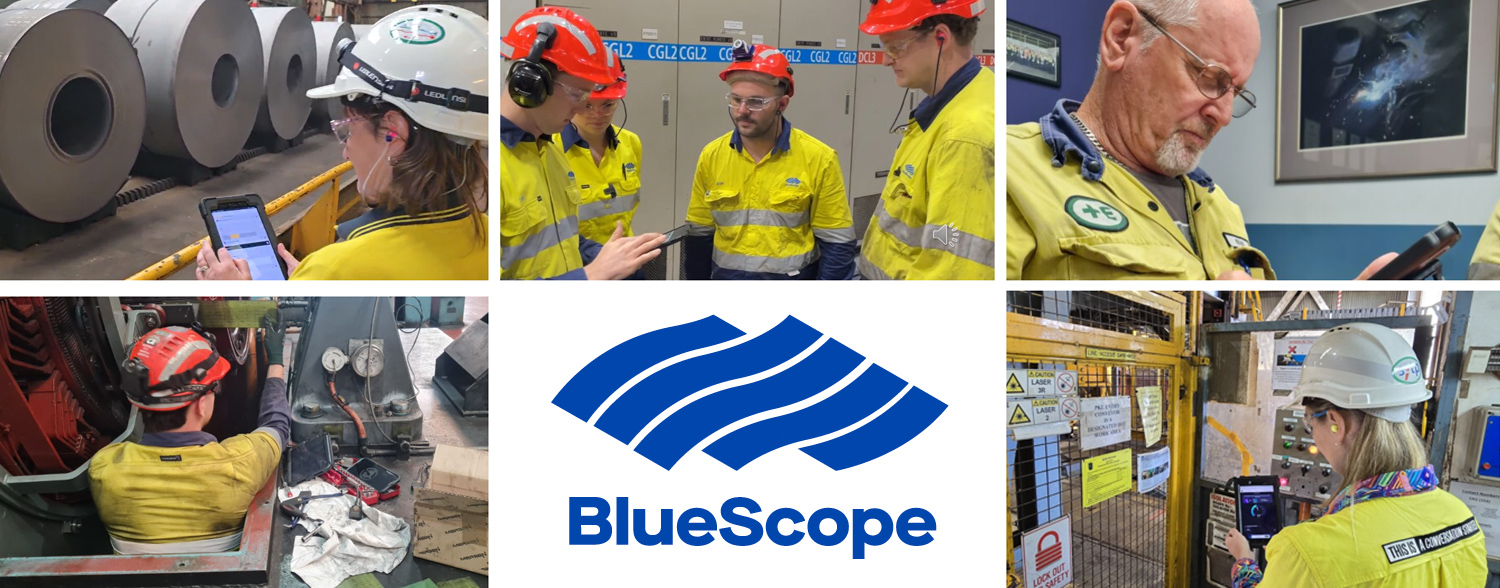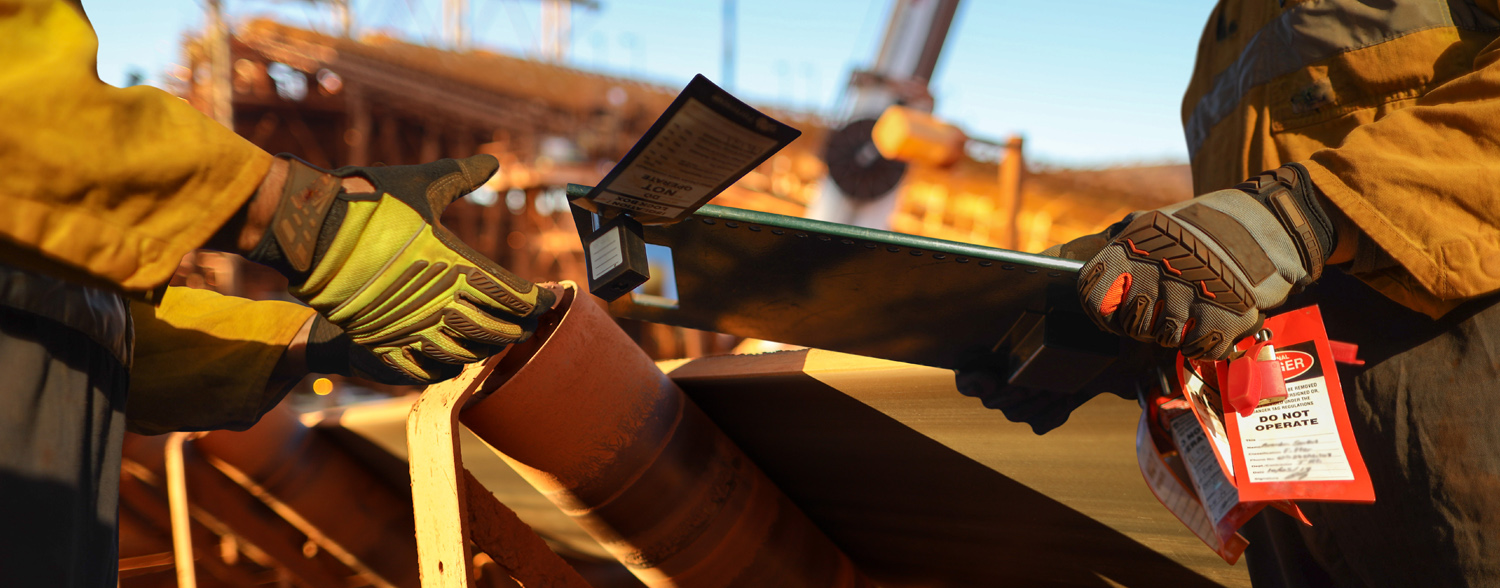Maintenance
Jumpstart your Condition Based Maintenance (CBM)

%20(1).png)
At a glance:
The transition from preventive maintenance (PM) to condition-based maintenance (CBM) in asset-heavy industries like mining is a strategic shift that offers significant cost-saving opportunities. Preventive maintenance relies on fixed schedules based on time, usage, or other predetermined factors. In contrast, condition-based maintenance uses real-time data on the actual condition of equipment to trigger maintenance only when it is necessary. Obzervr's automated entry into the CMMS plays a critical role in enabling mining companies to make this shift, offering substantial benefits in terms of cost avoidance and operational efficiency.
The Problem with Preventive Maintenance (PM):
- Fixed Schedules Lead to Over-Maintenance:
- Preventive maintenance, while better than reactive maintenance, often results in over-servicing of machines based on time intervals (e.g., every 3 months or 1,000 operating hours). These schedules don't account for the actual wear and tear of the equipment, leading to the performance of maintenance tasks that may not be necessary. This results in unnecessary downtime, labor costs, and the premature replacement of parts that may still be functioning effectively.
- Risk of Under-Maintenance:
- On the flip side, preventive maintenance can also result in under-maintenance. If a machine is deteriorating faster than expected, fixed schedules may not catch the problem in time, leading to unexpected failures, unplanned downtime, and costly emergency repairs.
How Automated Entry in CMMS Enables Condition-Based Maintenance (CBM):
- Real-Time Data Collection:
- Obzervr automatically captures and uploads critical machine data (such as vibration, temperature, pressure, oil levels, etc.) from various monitor points and sensors directly into the CMMS. This ensures that the CMMS is always operating with up-to-date information about the health of the equipment, allowing for more informed decision-making.
- Benefit: With real-time data, maintenance tasks can be scheduled based on the actual condition of the machinery, avoiding both unnecessary maintenance (over-maintenance) and unexpected breakdowns due to under-maintenance. This real-time condition monitoring forms the foundation of CBM.
- Condition-Based Triggers for Maintenance:
- In CBM, thresholds and parameters are set for critical machine components. If the condition of any component exceeds these thresholds (e.g., vibration levels above normal), the system automatically triggers a maintenance action. Obzervr's automated data entry ensures that these thresholds are monitored constantly, and any abnormalities are flagged instantly.
- Benefit: Maintenance is performed only when necessary—when the condition of the equipment actually requires it. This avoids unnecessary labor costs, parts replacements, and machine downtime associated with preventive maintenance, where tasks are scheduled based on fixed intervals regardless of the machine's real-time condition.
- Prolonging Asset Lifespan:
- CBM allows mining companies to monitor machine health closely and respond to specific indicators of wear and tear. By performing maintenance only when the data indicates an issue, assets are not subjected to unnecessary intervention. This can extend the operational lifespan of critical equipment because components are replaced based on their actual wear, not on a pre-scheduled timeline.
- Benefit: Extending the life of equipment reduces the frequency of purchasing expensive parts and lowers the overall cost of ownership. With Obzervr automating data collection and entry, mining companies can confidently rely on the condition of the equipment to drive maintenance decisions.
- Reduction in Unplanned Downtime:
- Automated CMMS entries ensure that anomalies in equipment performance are captured immediately and sent to the CMMS without delay. This reduces the risk of unplanned downtime because issues are identified early—often before they result in complete equipment failure.
- Benefit: Avoiding unplanned downtime is one of the most significant cost-saving aspects of CBM. Unplanned outages can cause delays in production, expensive emergency repairs, and lost revenue. With automated CMMS entry, condition-based alerts allow for planned and timely interventions, minimizing disruptions to mining operations.
- Optimized Use of Labor and Resources:
- In preventive maintenance, technicians are often deployed to perform tasks on machines that do not need immediate attention. With CBM enabled by real-time automated data entry, maintenance teams are dispatched only when necessary, reducing the overall workload on staff and enabling better resource allocation.
- Benefit: This optimization reduces labor costs and allows skilled technicians to focus on more critical tasks, ensuring that resources are used efficiently. Additionally, unnecessary work on machines can sometimes introduce new issues (e.g., reassembly errors), which CBM helps to avoid by reducing unnecessary interventions.
Cost Avoidance with Automated CMMS and CBM:
- Avoid Unnecessary Maintenance Costs:
- By shifting from fixed-schedule maintenance to condition-based maintenance, mining companies can reduce the frequency of unnecessary maintenance tasks, saving on labor, parts, and downtime costs. Obzervr’s automation ensures the most accurate and current data is always in the CMMS, allowing the company to avoid spending resources on unneeded interventions.
- Lower Inventory Costs:
- With CBM, spare parts are ordered only when the data indicates they will be required soon. This reduces the need for maintaining a large, costly inventory of spare parts that may never be used. Automated data entry into the CMMS ensures that parts ordering is just-in-time, aligned with actual machine conditions.
- Reduced Risk of Catastrophic Failures:
- Condition-based maintenance also significantly reduces the risk of catastrophic equipment failures, which can be extremely costly in mining operations due to both repair costs and production downtime. Automated data entry ensures that early warning signs (like abnormal sensor readings) are captured immediately, allowing for preventive actions before major failures occur.
Conclusion:
Automated CMMS entry through Obzervr allows mining companies to move from preventive maintenance to condition-based maintenance by providing accurate, real-time data on equipment health. This shift avoids the costs associated with unnecessary maintenance tasks, minimizes downtime, optimizes the use of resources, and prolongs asset life. By reducing over-maintenance and preventing under-maintenance, Obzervr helps mining operations improve efficiency and lower their total maintenance and operational costs.
%20(1).png)
.png)





